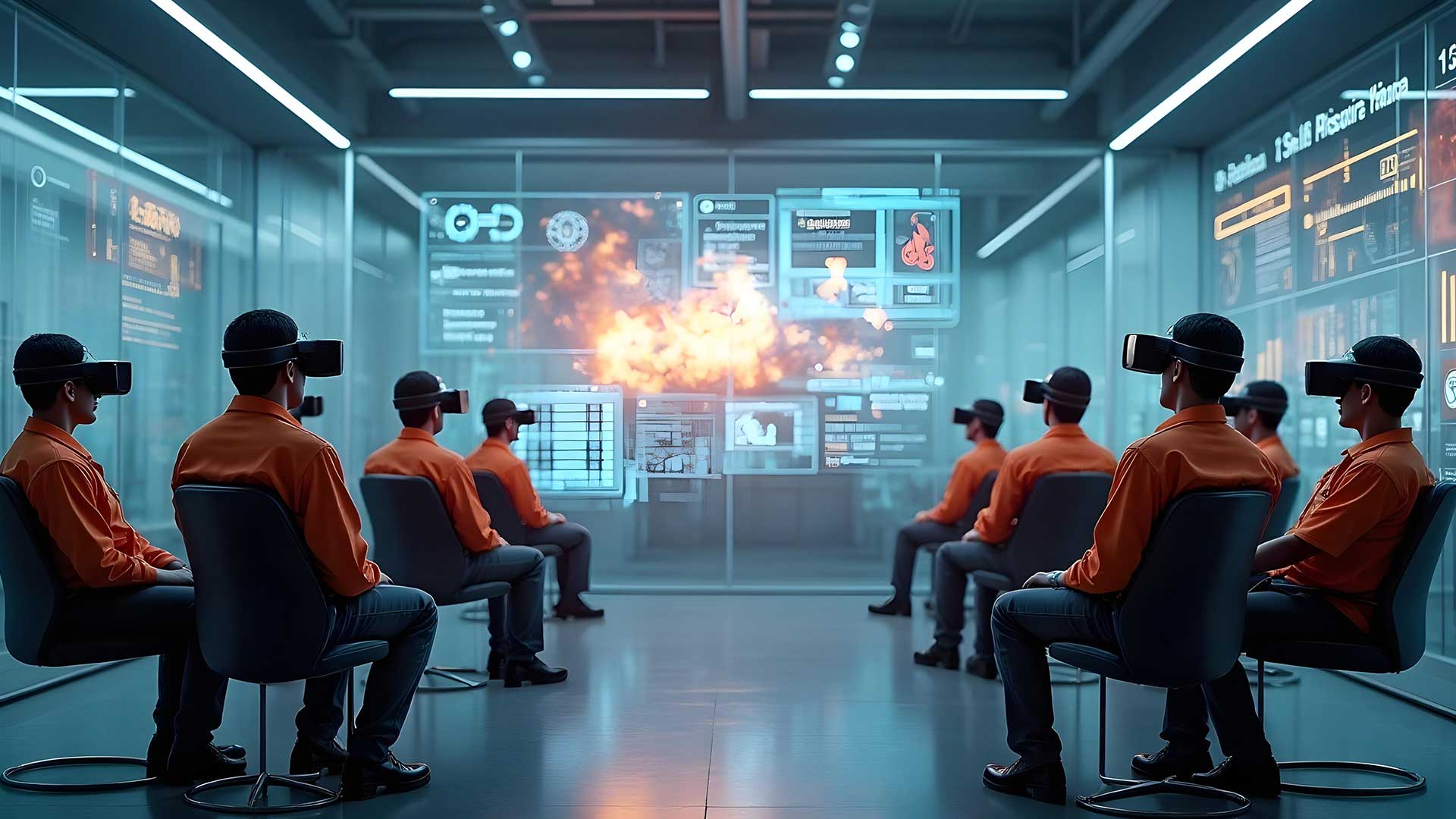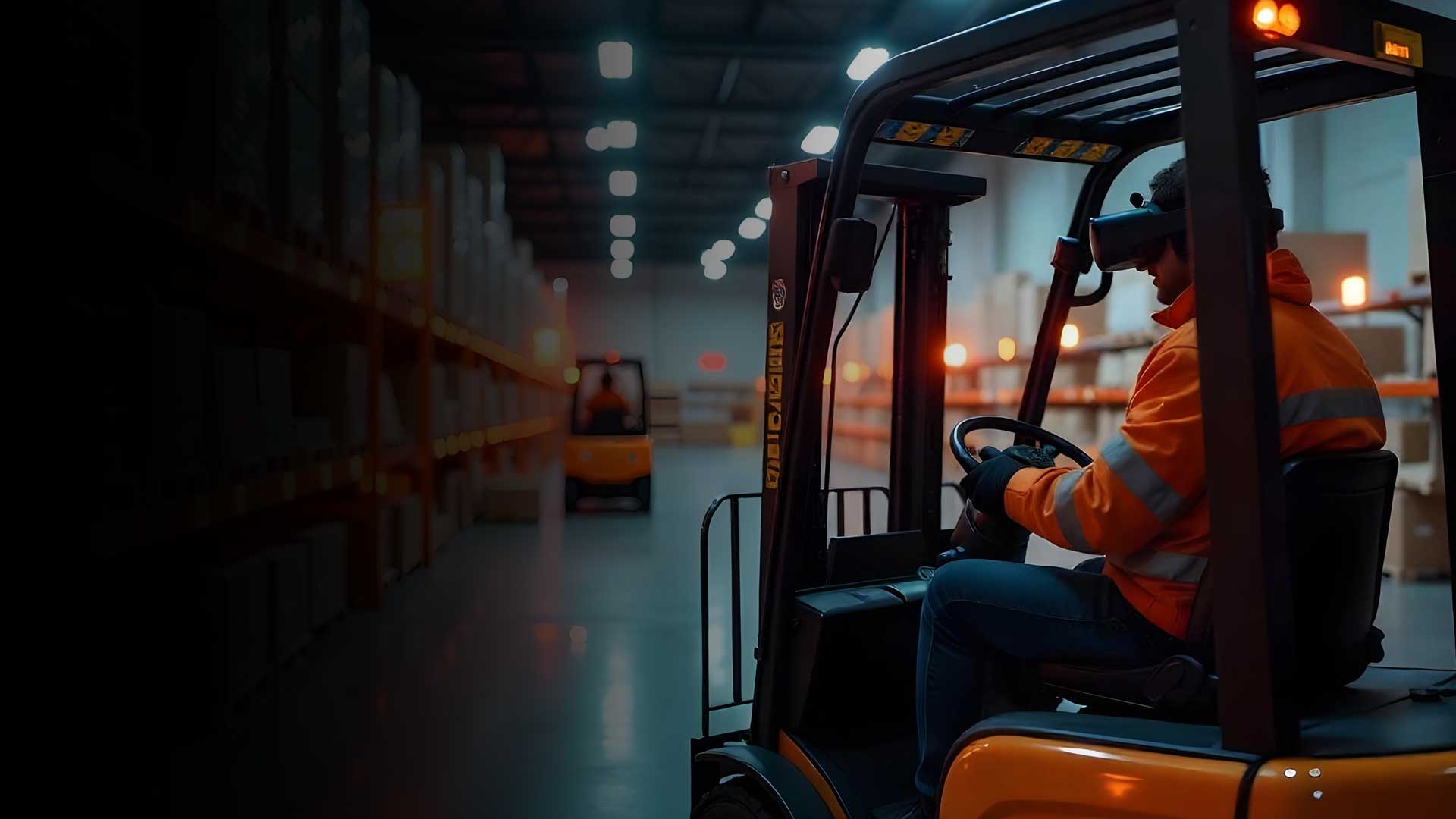Virtual reality surgical simulations are redefining medical training by enabling hands-on, immersive practice without patient risk. These simulations replicate real-world procedures with high fidelity, enhancing precision, decision-making, and muscle memory. Juego neXR’s advanced XR solutions bring lifelike surgical environments to trainees, helping them build confidence and competence long before entering the operating room.
Evolution of VR Surgical Training and Simulation
The landscape of surgical training has undergone a remarkable transformation with the advent of Virtual Reality. Traditionally, surgeons were trained through cadaver dissections, observation, and supervised hands-on practice. While effective to a degree, these methods often lacked consistency, realism, and scalability. The integration of VR has addressed these gaps, ushering in a new era of precision-based, immersive learning.
Early VR surgical simulators were rudimentary, offering limited interaction and realism. Today’s VR platforms, however, leverage advanced haptic feedback, 3D anatomical models, and real-time performance analytics to simulate complex surgical procedures with high accuracy. This allows trainees to repeatedly practice intricate techniques, make mistakes without consequences, and receive data-driven feedback.
More importantly, VR surgical training removes barriers like patient availability and ethical concerns, making training more accessible and standardized across institutions. Platforms like those offered by Juego neXR are pushing the envelope further, enabling customized simulations for various specialties and skill levels.
As technology continues to evolve, VR surgical training is set to become the cornerstone of medical education, bridging the gap between theory and practice in the most effective way.
Components of VR Surgery Simulations
Realistic Anatomy Replication
Virtual reality surgery simulations offer highly detailed, lifelike anatomy, allowing trainees to explore and operate with accuracy, an essential foundation for effective surgical training VR experiences.
Interactive Surgical Procedures
With surgical simulator VR systems, users engage in dynamic, interactive procedures that replicate real operating room conditions, enhancing practical decision-making and motor skills in a risk-free setting.
Immediate Feedback
Surgical training using VR provides instant performance feedback, enabling learners to assess techniques, correct errors, and continuously improve through real-time analytics built into surgical simulator VR platforms.
Revolutionizing Surgical Education with VR
Overcoming Traditional Limitations: VR delivers varied situations and secure environments for practical training.
Shaping the Skills of Next-Generation Surgeons: VR boosts understanding and encourages team-based learning.
Overcoming Barriers to Adoption: VR depends on integrated hardware, software, and technical support.
Accelerated Learning and Skill Acquisition: VR enables quick skill-building via repeated practice.
Meeting the Challenges of Modern Healthcare: VR ensures flexible and widespread training opportunities.
Advantages of VR in Surgical Education
With the immersive and interactive nature of VR simulations, next-generation surgeon training is being revolutionized unparalleled.
1. Overcoming Traditional Limitations
Virtual reality offers exposure to a broad range of surgical cases that may not arise in clinical training. It allows risk-free mistakes, reinforcing decision-making and procedural understanding without endangering real patients.
2. Accelerated Learning and Skill Acquisition
With a VR surgical simulator, trainees can repeatedly perform complex procedures, gaining muscle memory and confidence faster than with limited traditional practice opportunities. This leads to quicker proficiency and improved long-term performance.
3. Shaping the Skillset of Next-Generation Surgeons
VR-based surgical training fosters a realistic, collaborative learning space. Surgeons can exchange insights, practice techniques safely, and build core competencies needed in today’s demanding healthcare environment—all in a supportive digital setting.
4. Meeting the Challenges of Modern Healthcare
VR surgical simulation breaks geographic boundaries, giving aspiring surgeons worldwide access to consistent, high-quality training. Its scalability helps medical institutions meet growing demand in surgical education while maintaining excellence.
5. Overcoming Barriers to Adoption
Adopting surgical simulations in VR requires dependable tech infrastructure and alignment with curriculum goals. With proper planning, VR easily integrates into existing programs, enriching education without disrupting core learning objectives.

Limitations of VR Surgery Training
Even with continued advancements in tech and increased adoption. Here are some limitations when it comes to VR-based surgery training
- VR in surgery training faces technological limitations that can impact simulation realism and accuracy.
- High initial investment costs and ongoing maintenance can make VR systems inaccessible for some medical facilities.
- Resistance to adopting VR in medical education persists due to attachment to traditional training methods.
- VR training can complement, not replace, hands-on surgical apprenticeship for enhanced learning.
- Effective device management solutions are essential for handling multiple VR devices in complex healthcare environments.
While challenges exist, the potential of VR surgery training to enhance skills and improve patient outcomes cannot be denied.
Strategies for Successful Implementation of VR
Training Faculty to Embrace VR Tools
Equipping instructors with the skills to navigate and teach using VR ensures smooth integration into surgical education and enhances the overall training experience for students.
Introducing VR Through Phased Adoption
Rolling out surgical VR in stages helps ease faculty and students into immersive learning, allowing them to adapt confidently without overwhelming their existing workflows.
Custom Simulation based on Speciality
Tailored virtual reality surgery simulations ensure each specialty gets accurate, relevant experiences, enhancing the precision and impact of the training delivered.
Adapting VR for Specialized Surgical Training
Custom-built VR modules focused on niche procedures provide deep learning opportunities, empowering future surgeons with the skills required in their specific fields of expertise.
Advanced VR Innovations
Interdisciplinary Collaboration
Virtual reality platforms enable seamless collaboration among surgeons, radiologists, and educators, fostering a unified approach to surgical training. This integration enhances decision-making and procedural planning, leading to improved patient outcomes.
Haptic Feedback Integration
Incorporating haptic feedback into VR surgical simulators provides tactile sensations, allowing trainees to experience realistic tissue resistance and instrument handling. This sensory input is crucial for developing precise motor skills and surgical proficiency.
AI Performance Evaluation
Artificial intelligence algorithms analyze trainees’ performance within VR surgical simulations, offering objective assessments and personalized feedback. This data-driven approach accelerates learning by identifying areas for improvement and tracking progress over time.
Specialized VR Customization
Tailoring VR surgical simulations to specific specialties ensures that trainees encounter relevant scenarios and procedures. This customization enhances the educational value, making training more applicable and effective for various surgical disciplines.
Remote Learning and Collaboration
VR technology facilitates remote surgical training and mentorship, breaking geographical barriers. Through immersive virtual environments, trainees can engage in collaborative learning and receive guidance from experts worldwide, promoting global knowledge exchange.
Upgrade surgical training with VR for any surgeries with Juego neXR
Juego neXR: Pioneering XR Solutions for Advanced Surgical Training
At Juego neXR, we specialize in creating cutting-edge XR solutions that revolutionize how surgical professionals are trained. Our VR surgical training and simulation systems provide immersive, risk-free environments where learners can master complex procedures with precision. From replicating intricate anatomy to offering real-time feedback, our solutions are built to meet the evolving demands of modern healthcare. With a strong focus on realism, adaptability, and performance analytics, JuegoneXR empowers institutions to train the next generation of surgeons with confidence.
Conclusion
Surgical training demands precision, confidence, and a deep understanding of complex anatomy, qualities that traditional methods alone may struggle to fully cultivate. Textbooks, lectures, and limited hands-on experiences often fall short of replicating the high-stakes realities of the operating room.
Virtual Reality surgical training and simulation overcome these limitations by offering immersive, risk-free environments where trainees can practice intricate procedures repeatedly, with real-time feedback and realistic visuals. From mastering routine techniques to handling rare complications, VR enables a depth of experiential learning previously unattainable in conventional settings.
Healthcare institutions seeking to advance surgical education and improve patient safety should consider integrating VR surgical simulation. This innovative solution empowers the next generation of surgeons with better preparedness, sharper skills, and greater confidence, setting a new standard for excellence in modern medical training.
Frequently Asked Questions
VR surgical training platforms feature integrated analytics that track each learner’s progress in real time. Metrics such as procedure accuracy, completion time, error rates, and adherence to protocols are automatically recorded. Detailed performance reports and dashboards help both trainees and educators identify strengths and areas for improvement, enabling data-driven feedback and personalized learning paths. This objective assessment ensures continuous skill development and supports competency-based advancement in surgical education.
Juego neXR’s surgical simulations offer high-fidelity, anatomically accurate environments powered by real-time physics and haptic feedback integration. These simulations mimic the complexity of real surgeries, including tissue behavior and procedural intricacies. Learners can interact with virtual instruments and experience a lifelike operating room setting, which significantly enhances their preparedness. This realism ensures that surgical trainees gain critical hands-on experience, leading to improved confidence and performance before operating on actual patients.
Absolutely. Juego neXR specializes in tailoring VR surgical training modules to various medical specialties, including orthopedics, neurosurgery, cardiology, and general surgery. Each simulation can be adapted to reflect the tools, protocols, and conditions specific to a given field. This customization ensures relevance, helping trainees acquire discipline-specific competencies in a targeted, effective manner. Institutions benefit from flexible learning paths that align with their curriculum and clinical goals, while learners receive specialty-focused skill development.
Running VR surgical training typically requires a VR-ready PC, a compatible VR headset (like Oculus Rift, HTC Vive, or Meta Quest), hand controllers, and optional haptic devices for enhanced realism. Juego neXR provides tailored setup support to ensure smooth integration with your institution’s infrastructure. Our team also offers scalable solutions to suit various budgets and training environments, making advanced surgical simulation technology more accessible without compromising on quality or performance.
Yes, VR surgical training is effective for beginners, residents, and even seasoned surgeons seeking to refine or refresh specific skills. JuegoneXR’s platforms feature tiered difficulty levels, real-time guidance, and performance analytics, enabling personalized learning at every stage. Whether it’s learning the basics or mastering advanced procedures, VR supports continuous, self-paced skill development. The immersive environment allows trainees to build competence and confidence before moving into live surgical settings.
Revolutionize the future of business with Juego neXR
Table of Contents
- Evolution of VR Surgical Training and Simulation
- Components of VR Surgery Simulations
- Revolutionizing Surgical Education with VR
- Advantages of VR in Surgical Education
- Limitations of VR Surgery Training
- Strategies for Successful Implementation of VR
- Advanced VR Innovations
- Juego neXR: Pioneering XR Solutions for Advanced Surgical Training
- Conclusion
- Frequently Asked Questions
Related Posts
Share this Article:
Follow Us On:
© 2025 Juego neXR. All Rights Reserved.


